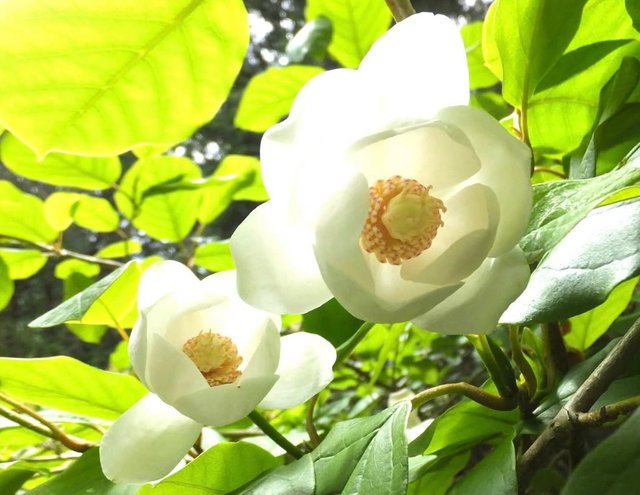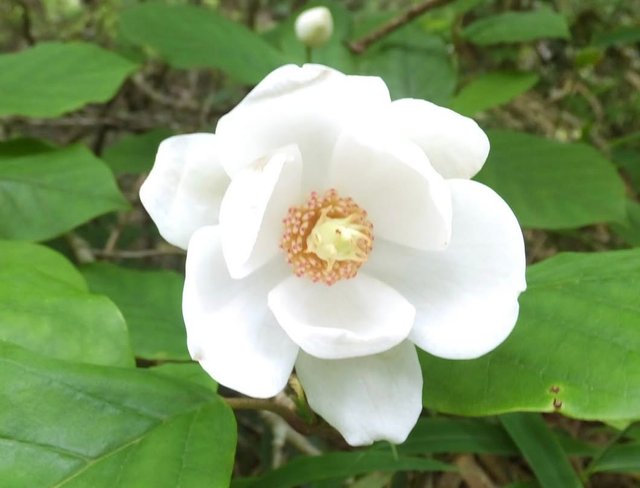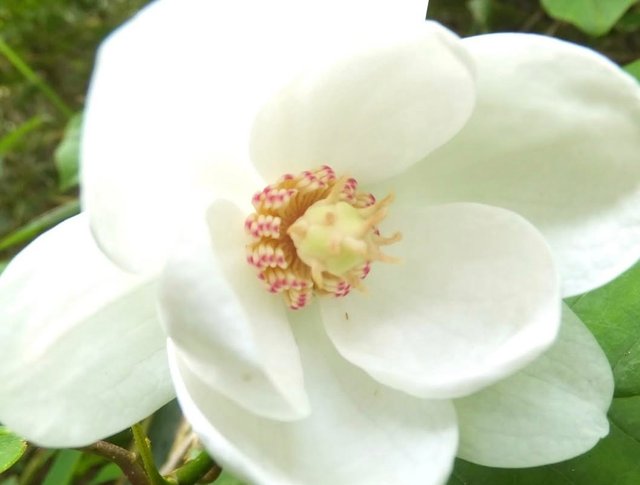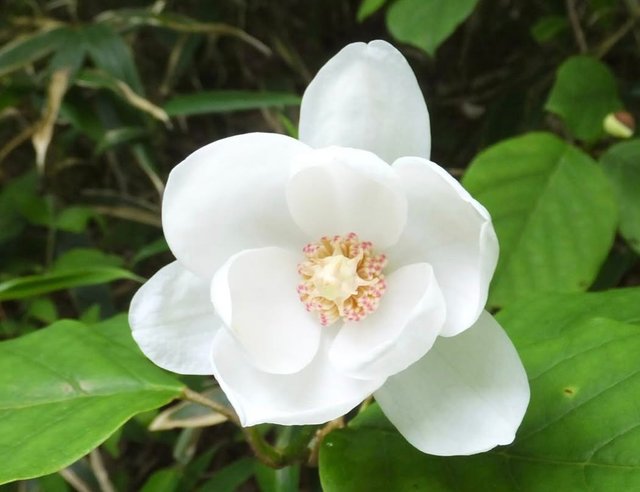Magnolia sieboldii Flower
Magnolia sieboldii, commonly known as Siebold's magnolia, Oyama magnolia, or Korean mountain magnolia, is one of the lesser-known but most enchantingly beautiful species in the Magnolia genus. Native to parts of East Asia—including Korea, China, and Japan—this graceful flowering tree is cherished by gardeners and botanists alike for its distinctive charm, unique flowering habits, and historical significance.
What sets Magnolia sieboldii apart from many of its cousins is its pendulous, nodding blossoms that open during late spring and continue blooming sporadically into the summer—a rarity among magnolias, which often bloom only in early spring.Whether as a specimen tree, part of a woodland border, or planted near a shaded patio or water feature, Magnolia sieboldii adds elegance, movement, and delicate beauty. Its nodding flowers invite closer inspection, making it an ideal candidate for spaces where its details can be appreciated up close.
Unlike most magnolias, which are pollinated by bees, Magnolia sieboldii is often pollinated by beetles—a trait it shares with its ancient evolutionary ancestors.Fossil records show that magnolias are among the oldest flowering plant lineages, dating back over 100 million years! Magnolia sieboldii is a botanical gem—quietly elegant, charmingly understated, and rich with cultural and horticultural significance. Whether you’re a gardener, a plant lover, or someone simply looking for a flower that embodies serenity and sophistication, this magnolia species is a wonderful addition to any collection.




